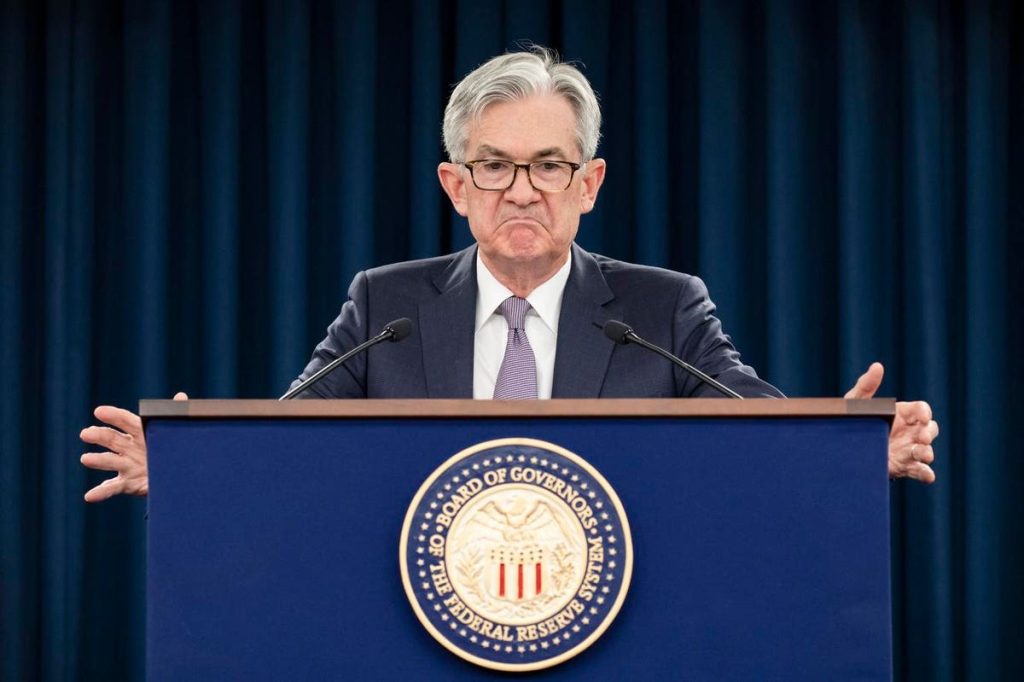Could it be the Federal Reserve has just won the war on inflation? Its hard to be certain, but the data sure look promising.
The question is does the Fed see what others see? Probably not.
“PPI is a critical leading indicator of inflation and is a clear signal that inflation is currently plunging,” says Jay Hatfield, CEO at Infrastructure Capital Advisors.
The producer price index measures the wholesale costs businesses pay for materials. Last month it fell by three percentages points compared to a year ago, according to St. Louis Federal Reserve data.
In short, that means wholesale inflation is now deflation. Prices of materials and other wholesale goods are falling. You can see how in the chart below.
The problem is that the Fed tends to ignore the PPI data. But it shouldn’t, according to Hatfield:
- “Its policy actions are typically about 12 months behind the economic curve. If the Fed followed PPI as a leading indicator of inflation, it would have tightened policy in the beginning of 2021 as PPI started to print at double digit inflation rates on an annualized basis in late 2020 and early 2021.”
In other words, the inflation we suffer now is partly because the Fed failed to see the link between what happens to whole sale prices and then consumer inflation. If it understood that rising wholesale prices meant inflation was coming it would likely have acted sooner.
The current problem is that the Fed may continue to think inflation is rampant, all while the PPI is indicating that the battle has been won. At least for the time being.
Put another way, now is not the time for the Fed to keep raising interest rates to cool the economy. We are already there. Banks are going bust. Credit is tight.
Instead of raising interest rates, the policy makers should cut the cost of borrowing. However, it may be too late.
“We continue to believe that the Fed should have cut rates in March when the banking crisis commenced,” Hatfield says.
Read the full article here
